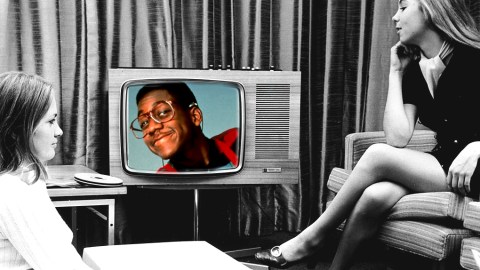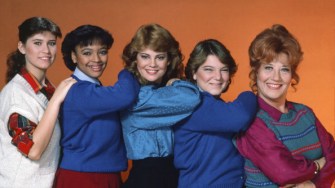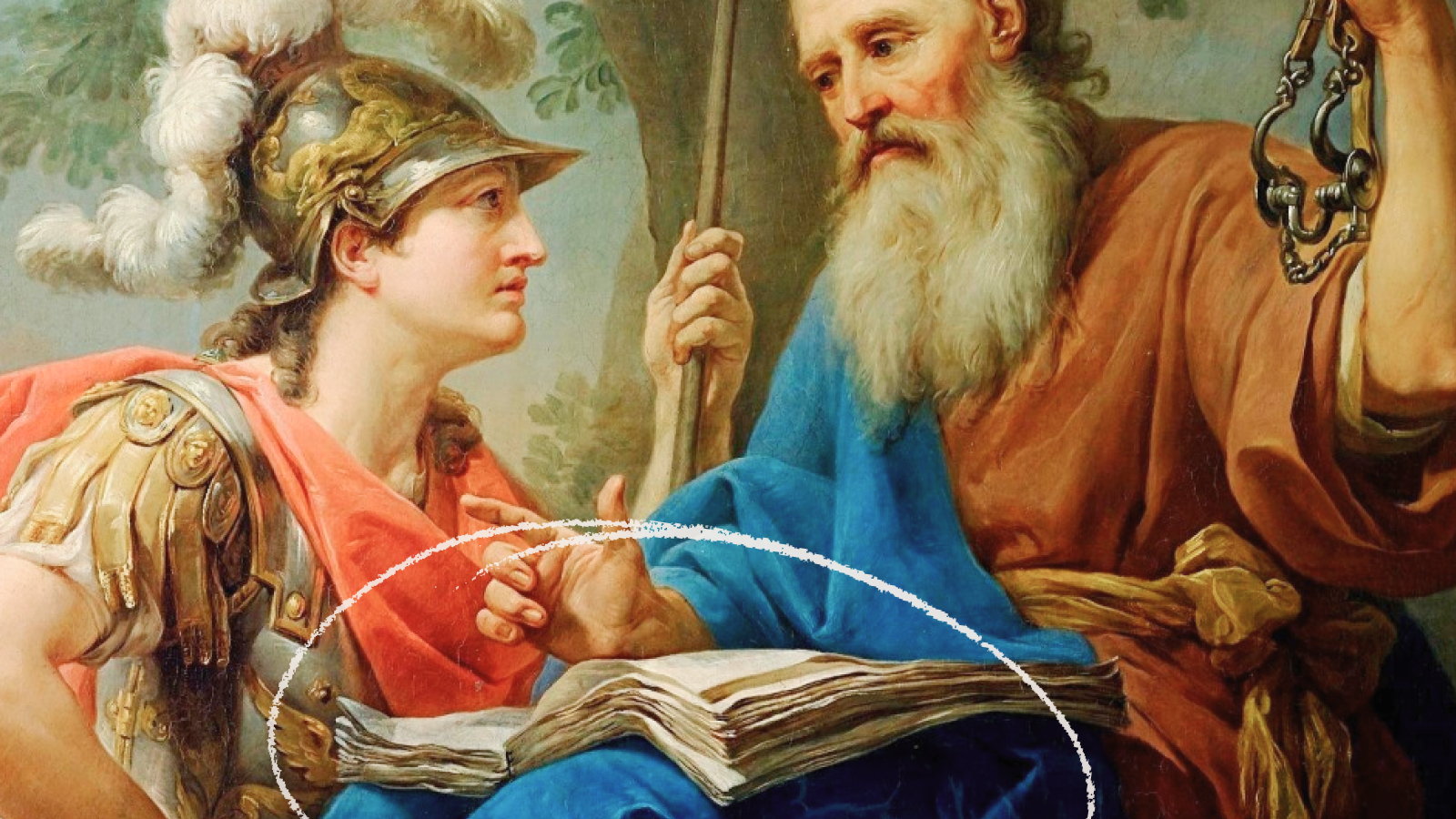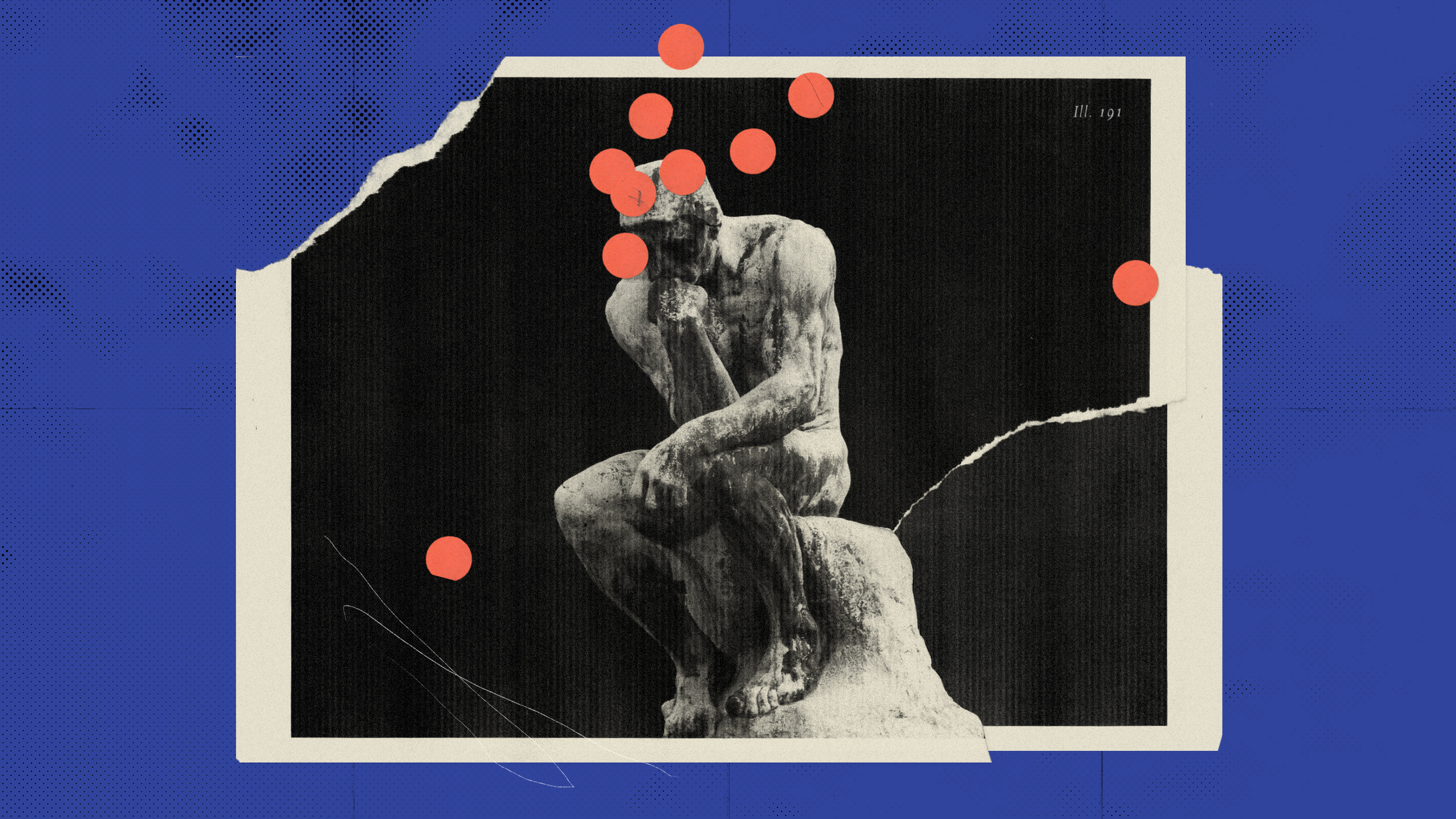How Television Is Making Us A More Accepting Society

Television is sometimes considered the junk food of entertainment. While that is sometimes true, it shows little respect for this uniquely American invention that serves as something of a cultural mirror. Television is societal commentary, and while it reflects our lives, recent sciencesuggests it also can help change our attitudes.
A study done by Jeremiah J. Garretson of Stony Brook University (and published in the journal Politics, Groups, and Identities) observed how diversity in television affected people’s attitude toward minority groups. Gerretson carefully surveyed his subjects in their feelings toward people of color, gays, and working women. He found that people who regularly watched television featuring portrayals of these minority groups softened their attitudes, or “increased social tolerance.” The study took place over a 30-year period, from 1970-2000, which covers a great deal of cultural shifts.
1970s
The 1970s had a plethora of television shows that regularly took on issues of the day. All in the Family did this with tremendous finesse, as it tackled issues of race, gender, and sexuality. Its spinoff, The Jeffersons, challenged people’s racial biases every week. Mary Tyler Moore was the first sitcom with a single woman living in the city.

The 1970s are a fascinating era, as the ’60s were over, but the earth was still shaking from the after effects. Women’s lib was a huge issue, with Gloria Steinem and Billie Jean King as posterwomen for the movement. Most of the major protests for racial equality had already happened, but the environment was still tense and white Americans had to rethink how they viewed minorities.
It seems inevitable that these shows, and others of the time, would have an impact on how the public viewed minorities.
The Stonewall riots happened in 1969, but the gay rights movement was still in its early stages. To put into context how revolutionary these shows were, it’s important to remember there were only four or five channels back then, and everyone watched the same shows. The nation collectively experienced Archie Bunker’s discomfort with people different than him; they threw their hat in the air with Mary; they laughed along with George Jefferson’s distrust of his white neighbors. It seems inevitable that these shows, and others of the time, would have an impact on how the public viewed minorities. It was a fascinating time for culture and television.
1980s
The 1980s were the era of the “very special episode,” in which Issues of the Day were handled with hackneyed storylines and heavy-handed dialogue. Diff’rent Strokes did this often, as did The Facts of Life, Punky Brewster (don’t play hide and seek in a refrigerator, guys), Family Ties, and basically every other show on at the time.

While these shows, in true ’80s fashion, delivered their message with as much subtlety as the Xanadu finale, they did manage to tackle a slew of cultural issues. Designing Women tackled feminism and even the AIDS epidemic and Golden Girls might have been the most progressive show of the decade, often taking on issues of sexuality with sensitivity. Golden Girls was hugely popular, and it’s not surprising that viewers of the show might have their attitudes toward minority groups affected.
1990s
The 1990s took place in a changing television landscape, as cable became ubiquitous and viewers had more options. For the purposes of this discussion, we’ll stick to network shows. The 1990s didn’t have the intentional “let’s address the issues” attitude of the decades previous, and instead had its main characters as minorities.

Murphy Brown was the new Mary Tyler Moore, a working woman and famously a single mother. Family Matters gave us an all-black family and the national treasure of Steve Urkel. Fresh Prince of Bel-Air, Living Single, In Living Color, and Martin all featured black protagonists, and Cybill, Ally McBeal, Grace Under Fire all featured single women as their leads. In 1998, we got Will & Grace, a touchstone moment in cultural representation of gay people. Ellen, Friends, thirtysomething, and Roseanne all had episodes with gay storylines, also.
It’s easy to see how diversity in television can affect, through the art of storytelling, how we humanize people we normally consider “the other.” There is enormous power and responsibility held by television writers, and it is my hope they continue to use that to create a more peaceful and understanding world.
—
Lori Chandler is a writer and comedian living in Brooklyn, NY, which is the most unoriginal sentence she has ever written. You can look at her silly drawings on Tumblr, Rad Drawings, or read her silly tweets @LilBoodleChild. Enough about her, she says: how are you?





